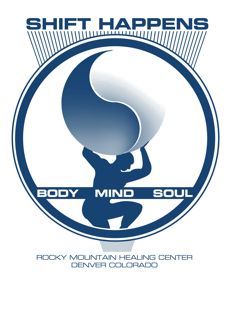A few days ago at Rocky Mountain Healing center, after a client came out of her session the receptionist asked me “what do you do in there”? Her question was in part due to the positive shift in the woman, (the before and after) so to speak, partly due to the fact that I am new to the center and partly because there is so much myth and misinformation about hypnosis.
Hypnosis leads subjects to their forgotten authentic selves. By quieting the critical conscious mind through relaxation, the journey of transformation begins. Awareness in this altered state opens stored memories. Because trance is a naturally occurring and self-controlled state, it is possible to find out where someone else’s program, limiting old programs or unconscious programs are overriding personal desires. Learning how to creatively craft new ways of utilizing “self-talk” along with the releasing and resolving of previous limited experiences, results in the elimination of negative habitual behaviors, self-sabotaging thoughts and unexplained blocks.
Self-hypnosis moves you rapidly into a healthier, clearer way of living through self-empowerment. Repetition is one of the main ingredients for success. You become the writer, director and star in your life. Hypnosis works at the subconscious level where beliefs, memories and creative abilities are developed and stored. Hypnosis is a safe, time tested, researched and proven techniques for deep, long lasting, profound changes to occur.
Please contact me for a complimentary ½ hour session.
Create a fabulous day. You are here to do just that and nothing less!
Cathy Cain, CHT, Reiki Master/Teacher

